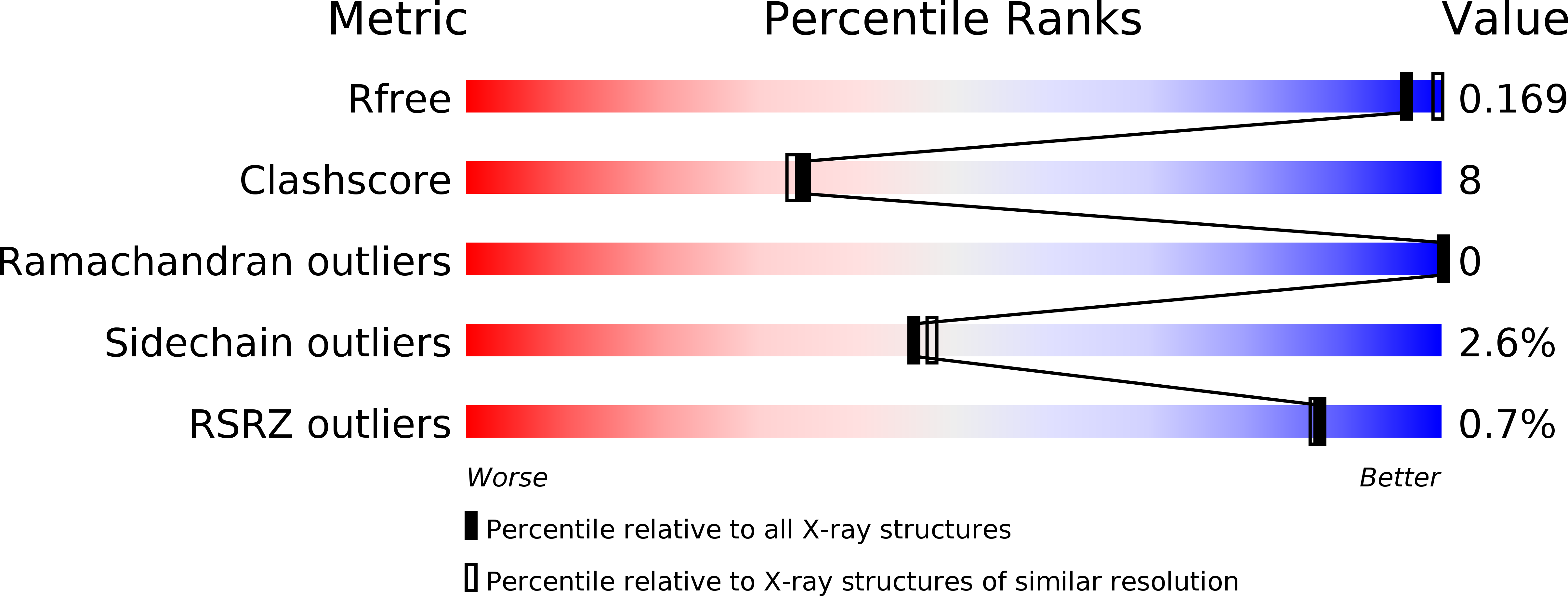
Deposition Date
2003-06-30
Release Date
2003-07-31
Last Version Date
2024-10-09
Entry Detail
PDB ID:
1OJ4
Keywords:
Title:
Ternary complex of 4-diphosphocytidyl-2-C-methyl-D-erythritol kinase
Biological Source:
Source Organism:
ESCHERICHIA COLI (Taxon ID: 217992)
Host Organism:
Method Details:
Experimental Method:
Resolution:
2.01 Å
R-Value Free:
0.20
R-Value Work:
0.16
R-Value Observed:
0.16
Space Group:
P 1 21 1


